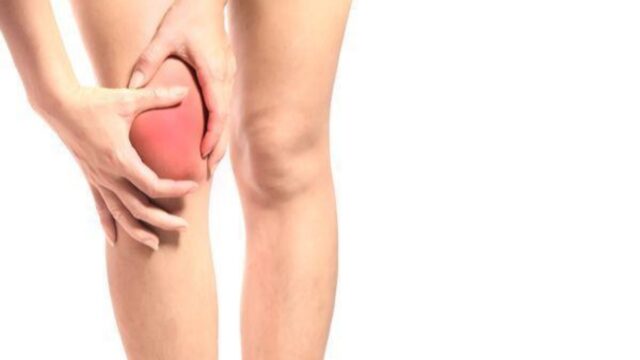
Knee pain can be a debilitating and frustrating experience. One of the most common causes of knee pain is a meniscus tear which occurs when the cartilage in your knee becomes torn or damaged.
Several signs can indicate you have suffered a meniscus tear, such as swelling and stiffness around your knee joint, difficulty straightening or bending your leg, clicking or popping sensations in the joint, and an inability to stand on the affected leg with full weight.
This article will discuss five warning signs of a meniscus tear in the knee so that you can seek medical attention if necessary.
Swelling and Stiffness Around the Knee Joint
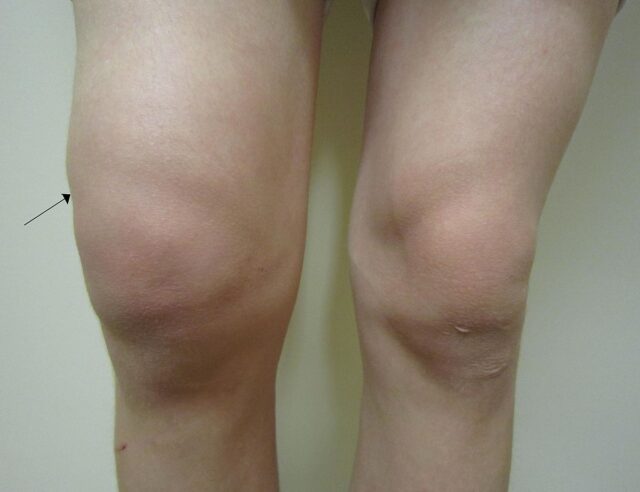
Swelling and stiffness around the knee joint can be signs of a meniscus tear in the knee. Recurring pain associated with these symptoms is particularly concerning due to the body’s lack of ability to heal itself in the torn area. Aside from increasing discomfort, a tear can lead to instability within the joint, making everyday activities difficult or even painful.
Knowing when there is cause for medical attention can prevent further damage and help maintain an active lifestyle. Individuals must take preventative action if they experience swelling or stiffness in their knee joint, as these could be signs of a meniscus tear that should be addressed quickly and efficiently.
Difficulty Straightening or Bending the Leg
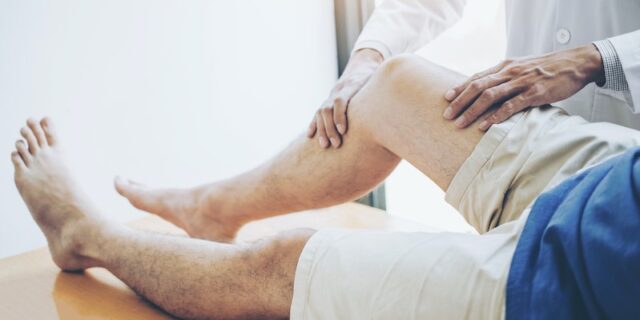
Straightening or bending the leg may be uncomfortable and sometimes even impossible if you suffer from a knee meniscus tear. This painful injury is caused by damage to the tissue that provides structural support and cushioning within the knee joint.
Signs of this type of tear include discomfort when attempting to rotate, extend, or flex the knee, swelling, and difficulty bearing your full weight on that leg. If you’re experiencing any of these symptoms, seek medical attention to diagnose and begin treatment for a meniscus tear.
Clicking or Popping Sensations in the Joint
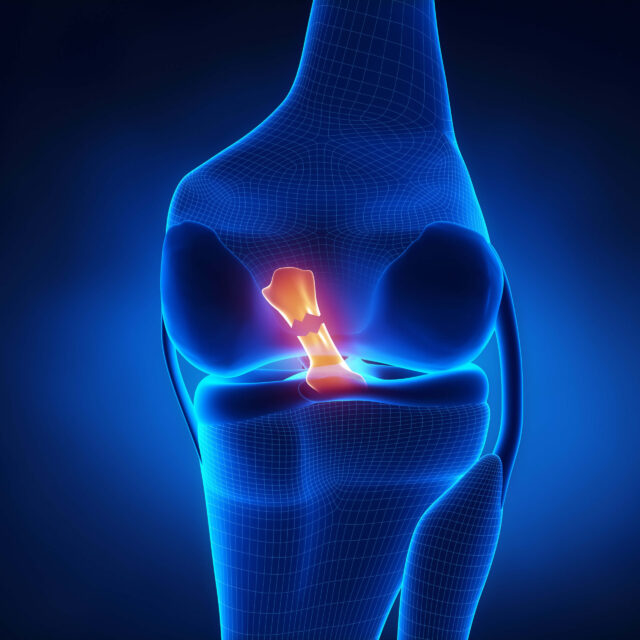
If you experience clicking or popping sensations in your knee joint, it could indicate a meniscus tear. A meniscus tear is a common injury of the knee, and its symptoms include pain, swelling, stiffness, and locking of the knee joint. It is caused when the knee joint experiences an abrupt twist or turn with strain beyond normal activity.
Left untreated, it may lead to excruciating pain and further damage to the cartilage leading to long-term inflammation. Therefore, if you experience sudden clicking or popping sensations in your knee when performing daily activities such as walking or bending, ensure that you consult your doctor immediately for diagnosis and any required treatment.
Inability to Stand on Affected Leg with Full Weight
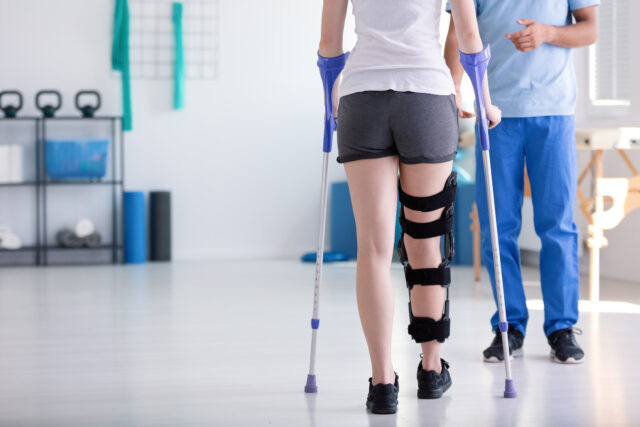
One of the telltale signs that someone has a meniscus tear is an inability to stand on the affected leg with full weight. This is because the meniscus tear weakens the ligaments in or around the knee joint, decreasing stability and making it uncomfortable or even impossible to apply full weight on the leg.
When someone experiences this symptom, they should consult a doctor or physical therapist to determine if a meniscus tear or an unrelated injury causes their lack of balance and stability. Doing so is important as it will help them identify any underlying condition, start treatment for their injury, and avoid further health complications.
Painful Symptoms When Moving Your Knee
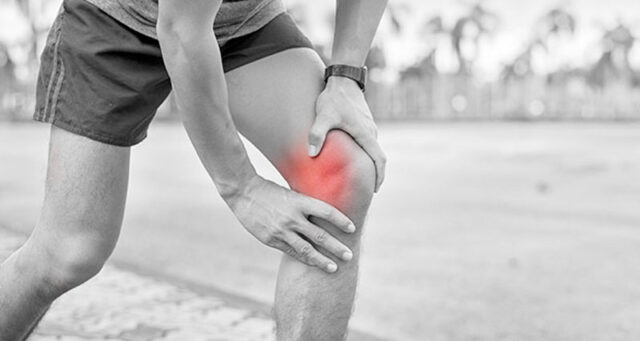
Moving your knee can sometimes be excruciatingly painful, and a meniscus tear in the knee may cause it. While a tear in the meniscus isn’t always caused by alarm, it is important to take the proper steps to understand what might be causing the pain.
Common signs of this type of injury include a popping sensation when you bend or pivot your knee, swelling and stiffness in the area, and persistent pain that doesn’t seem to subside over time.
If you suspect these painful symptoms may indicate a meniscus tear in your knee, don’t wait to contact your doctor or health care provider – they can help guide you towards treatments to help manage the issue.
How to Prevent a Meniscus Tear?

There are a few methods to help prevent a meniscus tear, including strengthening the muscles around your knee joint, avoiding overly strenuous activities, and performing torn meniscus stretches.
While comprehensive exercises and stretching of the leg can improve strength and flexibility, individuals should avoid running or jumping, which puts extra strain on the joints. Furthermore, if an injury occurs, it is important to seek medical help immediately and follow the prescribed treatment plan.
By following these preventive measures, individuals who have suffered a tear in the past should continue to be aware of any changes or discomfort in their knee joint and contact their doctor for further advice.
In some cases, additional treatment options may be recommended, such as physical therapy or the use of specialized equipment like the Chattanooga traction table for sale.
The traction table is designed to provide targeted traction therapy for the knee joint, helping to relieve pain, improve mobility, and promote healing.
Consulting with a healthcare professional and considering the use of a traction table can be beneficial for individuals seeking effective treatment and rehabilitation for knee injuries.
The Bottom Line
Meniscus tears can cause debilitating pain and a lack of stability in the knee joint. Common signs of this type of injury include pain, swelling, clicking or popping sensations in the joint, difficulty standing on the affected leg with full weight, and painful symptoms when moving your knee.
To avoid further health complications, it is important to seek medical attention immediately if you suspect that a meniscus tear is causing your symptoms. In addition, to help prevent this type of injury, individuals should perform strengthening exercises around the knee joint and be aware of any pain or discomfort in the area. These steps can help keep your knees healthy and avoid further tears or damage to the cartilage.









